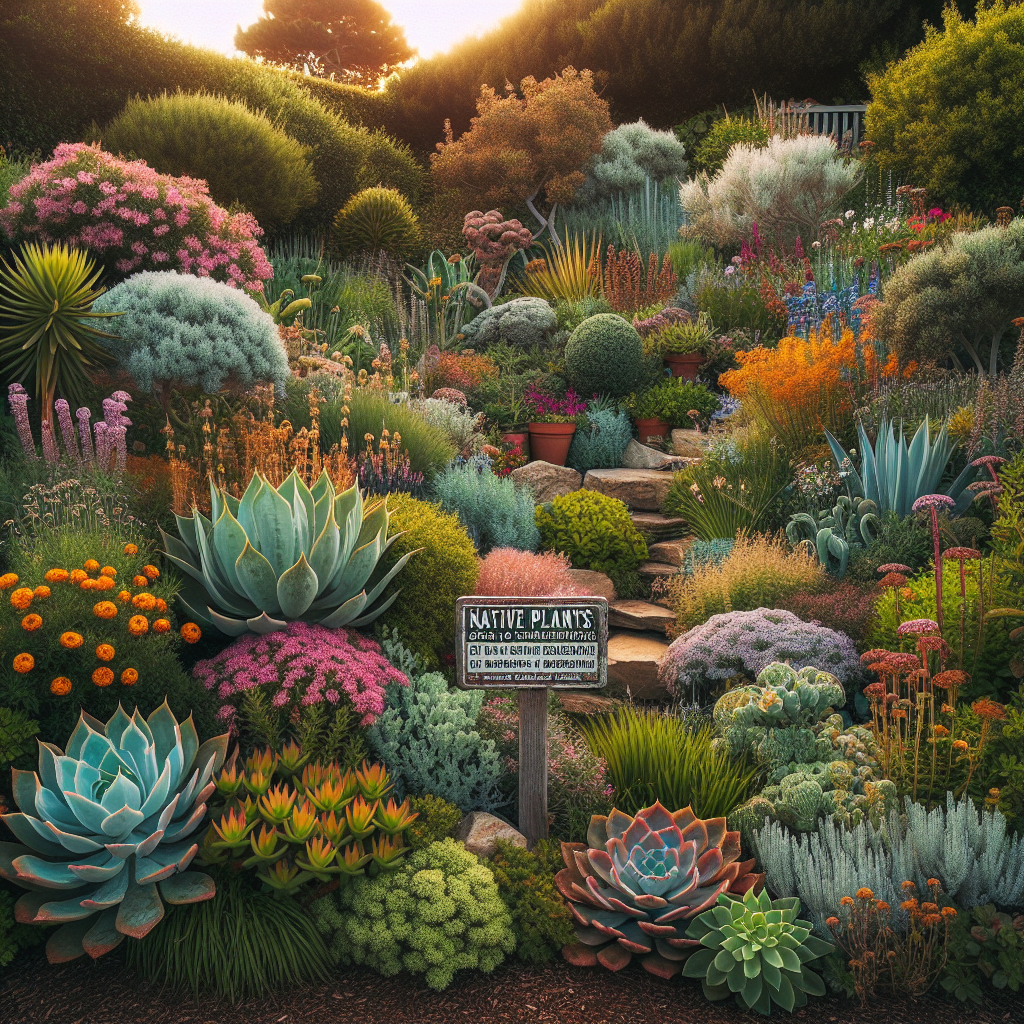As more people strive to create environmentally friendly spaces, the discussion surrounding eco-friendly landscaping has gained significant traction. One of the most impactful choices you can make as a homeowner is to choose native plants for your garden. These plants not only enhance the beauty of your landscape but also play a crucial role in supporting local ecosystems. Let’s explore the benefits of native plants and how they can transform your outdoor space into a flourishing habitat.
Understanding Native Plants
Native plants are species that naturally occur in a specific region or ecosystem without human intervention. They have adapted to the local climate, soil, and wildlife, making them resilient and low-maintenance options for landscaping. By incorporating native flora into your garden, you are embracing biodiversity and ensuring your landscape thrives in harmony with nature.
The Benefits of Choosing Native Plants
1. Low Maintenance
When it comes to landscaping, less is often more. Native plants are incredibly resilient. They are adapted to local soil and weather conditions, which means they require less water and fertilizer than non-native species. This low maintenance level allows you to spend less time worrying about your garden and more time enjoying it.
2. Water Conservation
In many regions, water scarcity is becoming a significant issue. Native plants are designed to thrive on local rainfall and naturally adapted to their environment. By choosing to plant native species, you contribute to conservation efforts by reducing the need for irrigation. This can lead to substantial water savings, especially during dry seasons.
3. Supporting Local Wildlife
Native plants are the backbone of local ecosystems. They provide essential food and habitat for a variety of wildlife, including bees, butterflies, birds, and other beneficial insects. When you choose native plants, you help sustain these populations, promoting biodiversity and healthier ecosystems.
4. Pest Resistance
One of the most striking advantages of native plants is their inherent pest resistance. Because these plants have co-evolved with local pests, they possess natural defenses against the diseases and insects that can plague non-native species. This reduces the need for chemical pesticides, creating a healthier environment for you, your family, and local wildlife.
How to Start Your Native Plant Garden
1. Research Native Species
Before planting, take some time to research which native species thrive in your area. Many extension services and local gardening clubs offer resources that can help you identify the best plants for your specific climate and soil conditions.
2. Plan Your Layout
Consider how you want your garden to look. Native plants come in various shapes and sizes, allowing you to create a visually appealing landscape. Grouping plants of similar water and light needs can make maintenance easier and more efficient.
3. Prepare Your Soil
Healthy soil is essential for the success of any garden. Native plants often thrive in soils that are less altered by human activity. Test your soil and consider adding organic matter to improve its structure and fertility.
4. Planting and Care
Once you’ve selected your plants and prepared the soil, it’s time to plant. Be sure to follow planting guidelines to give your native plants the best start. Most native plants require little care once established, but regular mulch and occasional watering during dry spells can help them flourish.
Encouraging Community Involvement
Creating a native plant garden isn’t just about your personal landscape; it can inspire your community as well. Consider hosting planting workshops or sharing your journey on social media. Sharing your progress can educate others about the benefits of native plants and encourage them to embrace eco-friendly landscaping.
Conclusion
The use of native plants is foundational to eco-friendly landscaping and has numerous benefits for homeowners and the environment alike. From supporting local wildlife to conserving water and reducing maintenance needs, native plants offer an array of positive impacts. By creating a garden that harmonizes with nature, not only do you elevate your outdoor space, but you also contribute to the health of your community and the planet. Take the plunge into the world of native plants, and witness the vibrant transformation of your landscape. With a bit of effort, you can cultivate a beautiful, sustainable garden that celebrates the essence of your local ecosystem.


